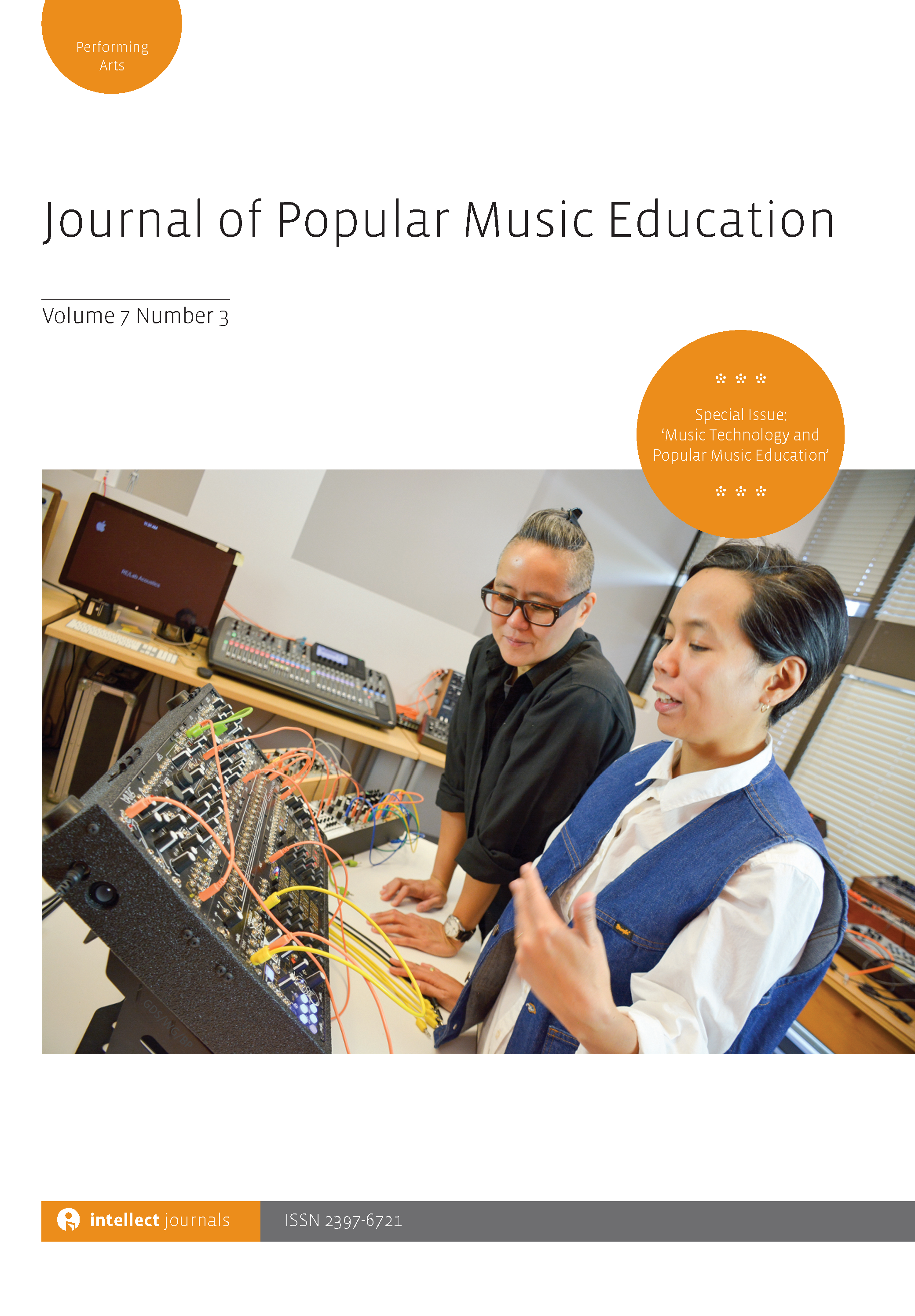
Full text loading...
 , Danelle Larson2
, Danelle Larson2 , Sarah Minette3
, Sarah Minette3
Recent research in music education has sought to bridge the gap between formal music-making and informal music-making done by many musicians who may have little or no formal musical training. Piano bar musicians fall under the category of musicians who may or may not have had formal musical training but are able to perform covers of a variety of pop songs for live and interactive audiences. Many of them also play multiple instruments. Participants we observed and interviewed in this qualitative study were eight piano bar musicians from various regions of the United States. Key findings include that the primary method participants used to learn songs was listening and learning by ear; ‘reading’ music took multiple forms; music theory and chord functionality were useful and allowed for flexible musicianship; and that a participatory culture was important for learning the songs the musicians chose to learn.

Article metrics loading...

Full text loading...
References


Data & Media loading...

Publication Date:
https://doi.org/10.1386/jpme_00019_1 Published content will be available immediately after check-out or when it is released in case of a pre-order. Please make sure to be logged in to see all available purchase options.